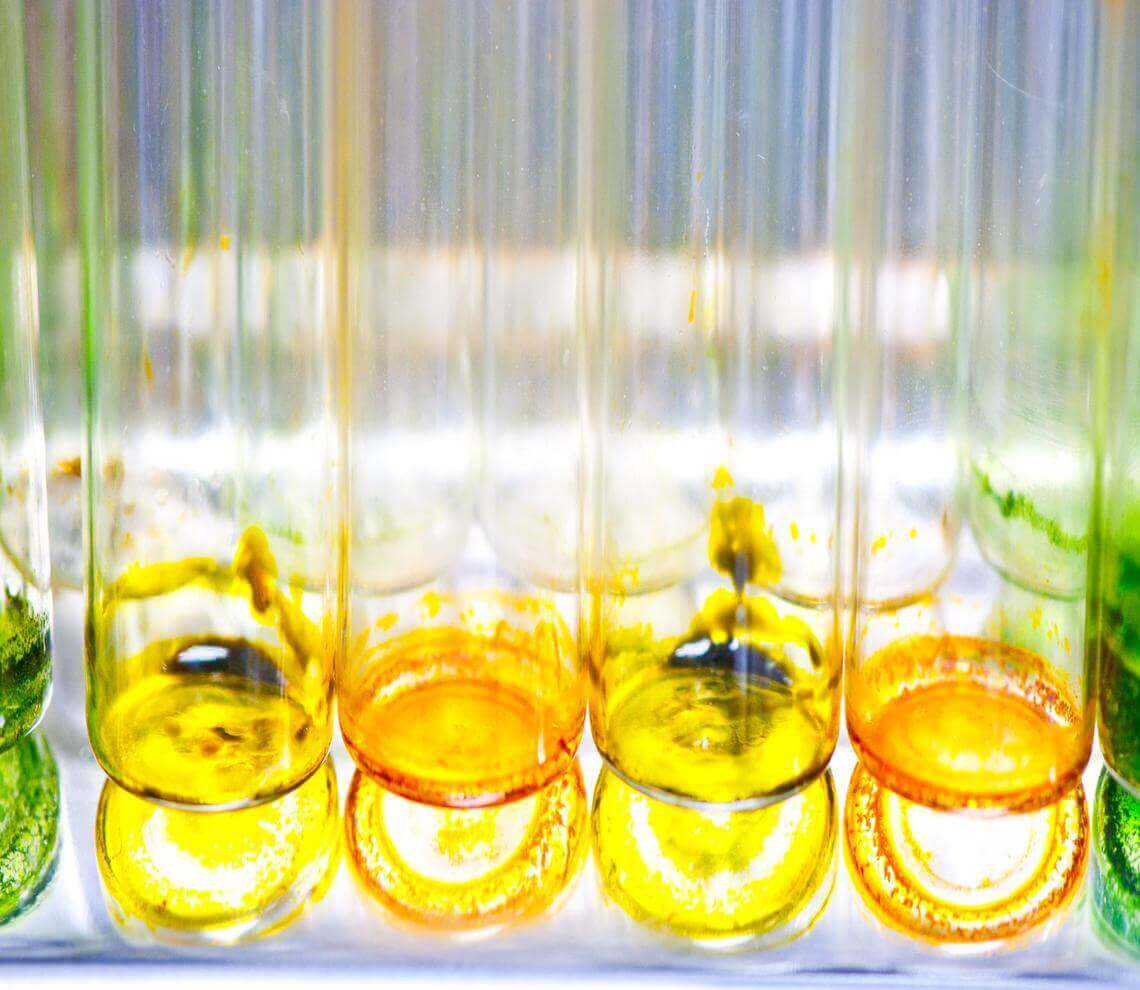- Our Suppliers
- agisera
- mTOR, Mammalian target of Rapamycin (monoclonal)
Product short description
Price:
675 EUR
Size:
100 µg
Catalog no.:
AS16 4014
Product detailed description
Raised in
Mouse
Available ordering format
Liquid
Molecular weight (expected | аpparent)
280 kDa
Clonality
Monoclonal
Clone
215Q18, IgG1
TAIR number
Refer to NCBI
Possible reactivity
to be determined
Verified reactivity
Human, Mouse, Rat
Verified applications
Western blot (WB)
Storage condition
Store at -20 °C.
Protein number
Q9JLN9,P42346,P42345
Purification
Protein A/G purified.
Connected products
anti-mouse secondary antibodies
Supplementary information
Contact Gentaur support center at [email protected]
How to reconstitute
See included datasheet or contact our support service
References
To be added when available, antibody released in November 2016.
No reactivity
No confirmed exceptions from predicted reactivity known at the moment.
Notes
Provided in phosphate buffered saline, pH 7.3, 50% glycerol with 1.0 mg/ml BSA and 0.05% sodium azide.
Recommended dilutions for use
1:1000 starting dilution (WB). The optimal antibody concentration should be determined for each specific application by the end user.
Immunogen
KLH-conjugated synthetic peptide to residues near the carboxy-terminal sequence of human VEGF Receptor 2. UniProt: Human: P42345, Rat: P42346, Mouse: Q9JLN9
About
Monoclonals of this antigen are available in different clones. Each murine monoclonal anibody has his own affinity specific for the clone. Mouse monoclonal antibodies are purified protein A or G and can be conjugated to FITC for flow cytometry or FACS and can be of different isotypes.
Scientific context
Mammalian target of Rapamycin is an important modulator of cell growth and protein synthesis and a ia an serine/threonine kinase. mTOR is involved in cancer and neurite plasticity. This protein plays an important role in mediating phosphoinositide 3-kinase (PI3 kinase) and Akt/PKB signals for cell growth, proliferation, and protein translation via ribosomal S6 kinase (S6Ks) and translation regulator eIF4E-binding protein 1.
© Copyright 2016-Tech News . Design by: uiCookies

